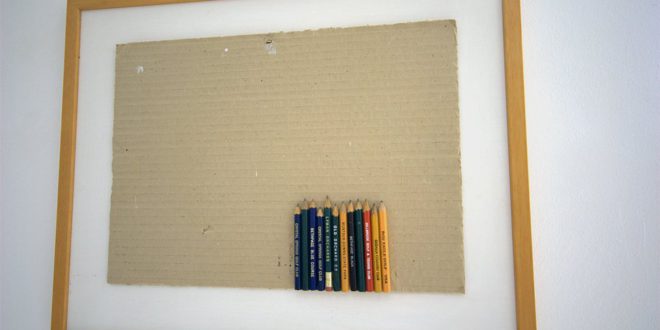What are the benefits of living or spending time in a house where there are works of art scattered all around? Read this post and you will be amazed…
Visiting a museum, living artistic experiences or taking part to a creative is doubtless beneficial to your personal psychological and physical wealth.
But what is the use of having art around us in everyday life, in our home?
The benefits are many and often they can be enjoyed in a seemingly passive way, almost by an osmotic process by which art comes into our minds and our lives.
Let’s see well and in detail some beneficial properties on our practical life and even in our relationships, related to living in a house that contains works of art.
Wellness arising from aesthetics.
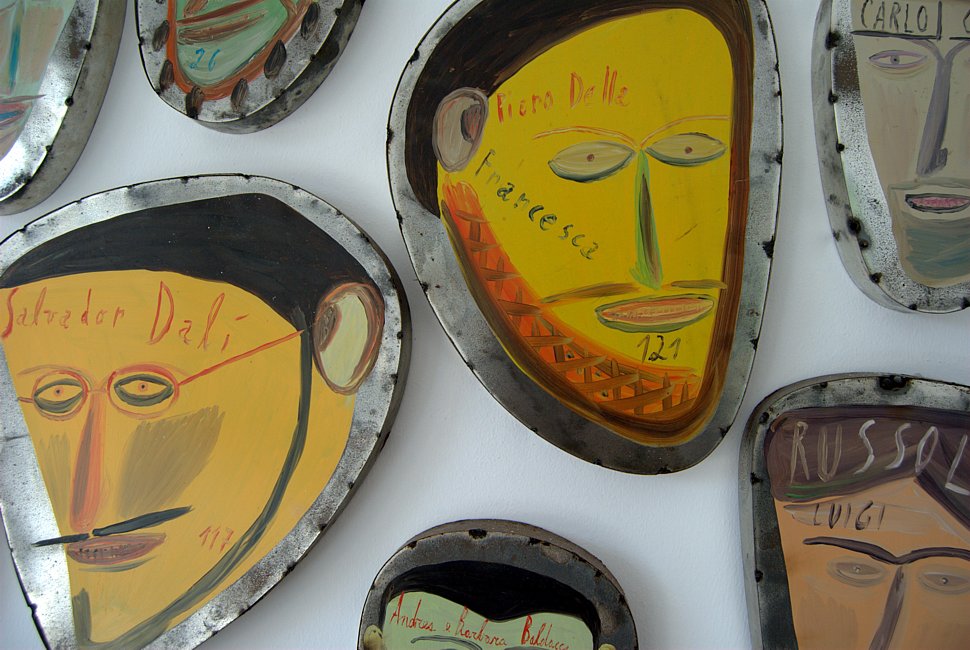
The choice of a piece of art to be keep at home is linked to a chemical process similar to the early stages of falling in love: the aesthetic sense that strikes us activates the “preferences” and personal taste. Our point of view is put at the center of our choice, and this results in immediate benefits, particularly on our decision-making attitudes.
Also the so-called “love at first sight” that leads us to see and appreciate a work of art creates, albeit for a shorter period than in falling in love, the equilibrium of oxytocin, dopamine and endorphin, chemical balance that leads to the skin and endocrine system well-being.
And what if the house is not ours, but it is a holiday home or a place we’re staying in for a short period?
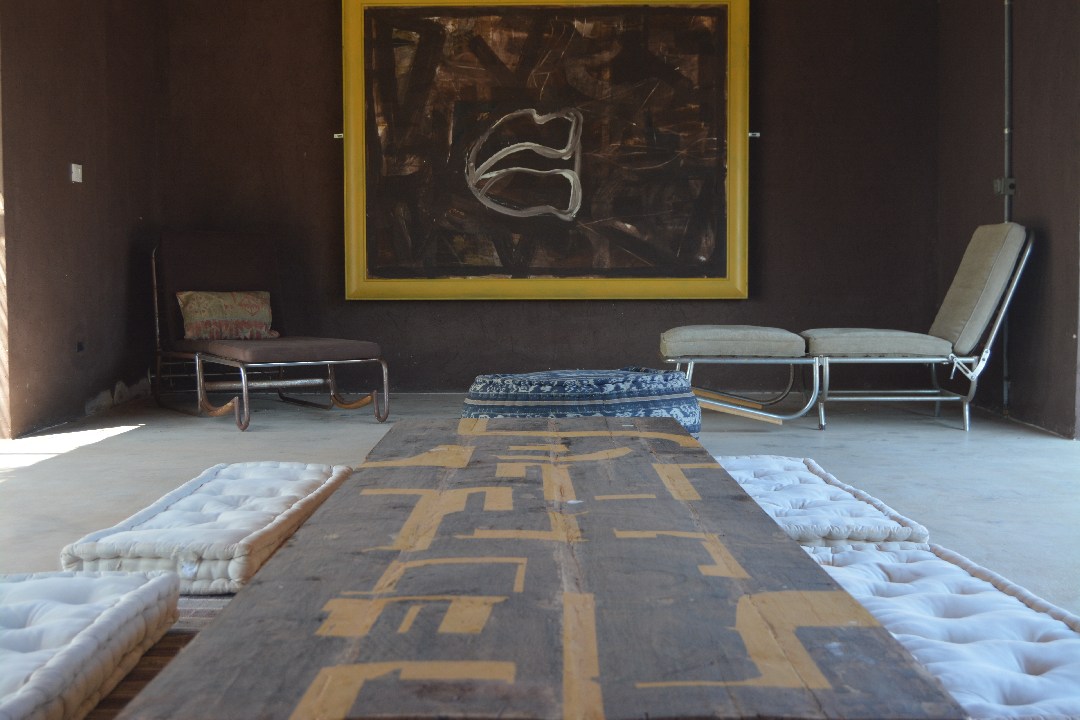
If we are in a house that “contains” art not chosen by us, the benefits won’t be less or poorer.
Even being “subjected” to works of art that we have more difficulty in understanding and whose aesthetics it’s harder for us to appreciate, has beneficial effects, primarily to our emotions.
A work of art that we can’t initially understand leads us, however, to a reflection, sometimes apparently passive. A work of art must be observed, analysed and this results in beneficial effects on our capacity of abstraction (thus resulting in an increased problem solving ability).
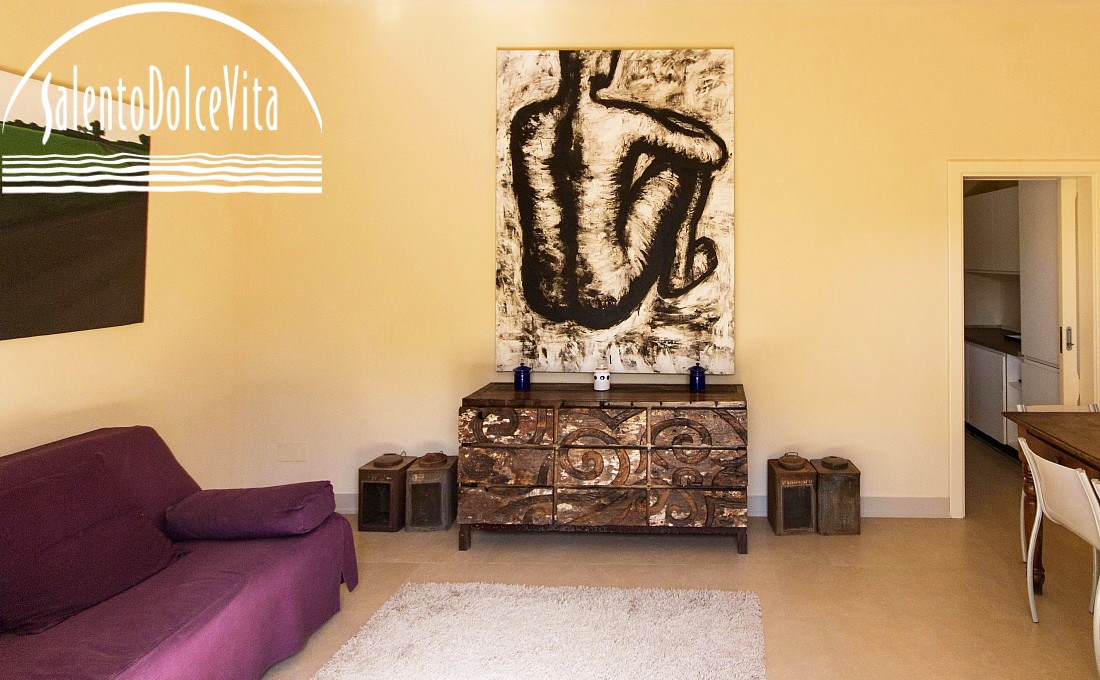
Social relationships: developing empathy
Spending some time in a house where art is part of the interior, implies benefits to relationships, from the couple to the family to friendships.
It leads to the discussion and in developing a greater sense of empathy, that is, active listening and comprehension / sharing of the emotions of others.
Commenting together a painting or a sculpture is a way to share deep emotions that go far beyond the conversations focused on the everyday practical problems.
Cognitive Growth
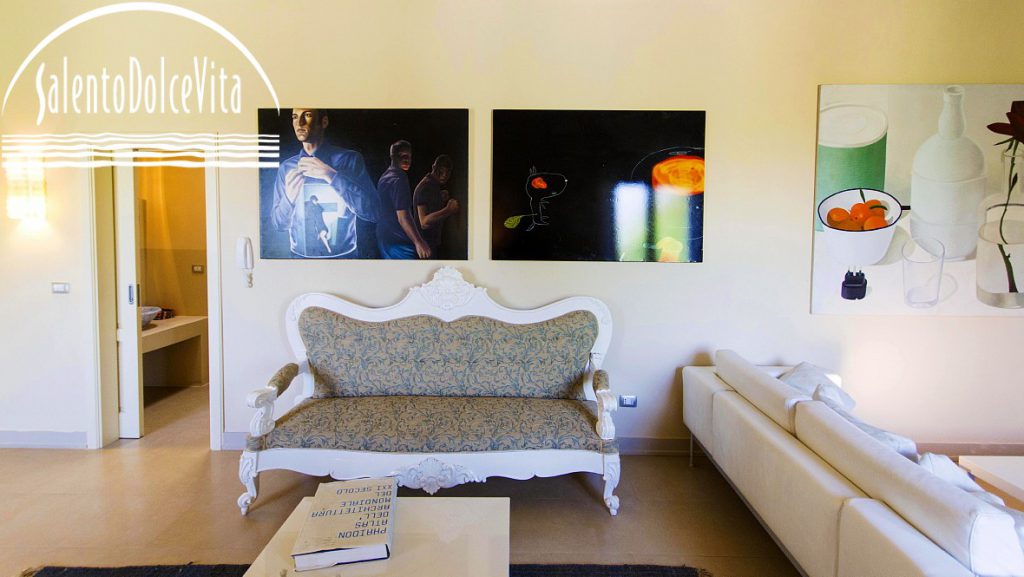
If listening to the views of others about art helps relationships and empathy, personal reflection about a work of art leads to much more: it puts us in the place of the artist, it makes us wonder about his/her creative process, it makes us ask seemingly abstract questions.
In short, it helps in cognitive growth, a process which is very simple in childhood but becomes much more complex in adulthood.
We can say that daily contact with works of art is a passive exercise for the mind and emotions to help you to stay forever young.
It develops curiosity, critical thinking, analytical and logic skills in childhood
If the benefits for adults are considerable, the benefits of a home containing works of art has endless benefits for children.
Both from the point of view of the capacity for abstraction, that in the future will become ability in problem solving, and in the ability to empathize with the thoughts of others, which will make social relationships much easier.
Numerous studies show that, from the earliest years of a child’s life, the visual and practical contact with art helps to improve the expressive capabilities, to develop the logical – mathematical and linguistic learning, to strengthen self-awareness, to free the creative potential inherent in it.
Do you still have doubts? Art is not only beauty and concept. Art is well being.
